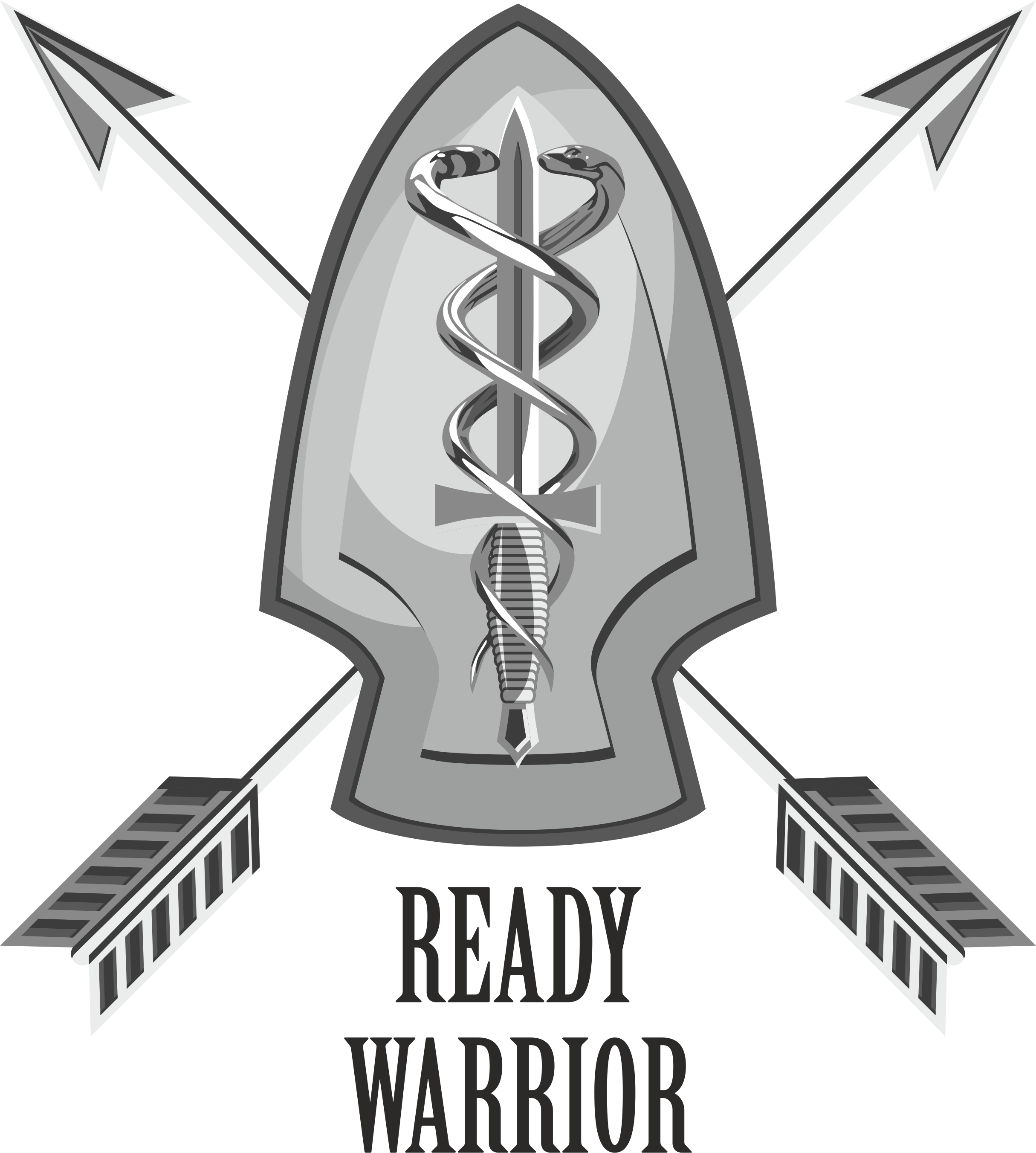If you’ve read the previous blog posts, we’ve taken you through the TCCC stages of care: Care Under Fire (CUF), Tactical Field Care (TFC), and Tactical Evacuation (TACEVAC). We won’t rehash the exact steps to what each of these phases are, but we encourage you to go back and refresh on them. Our goal in this post is to really sum up these phases of care into a broad view of what is happening during these phases, and hope that by seeing the big picture, you will be interested in diving into each topic more thoroughly. This applies equally well to both military and civilian scenarios.
Care Under Fire: This is directly after or during an active incident, whether it’s a shooting, crime scene or car accident, etc. The purpose of this phase of care is to prevent additional injuries and only then provide immediate and life-saving treatment to a casualty in a safe environment. The S in SMARCH is applied heavily here (Security/Scene Safe).
1) Take a tactical pause and assess the situation.
2) Figure out what actions need to be taken to render the scene safe, and THEN move towards the casualty.
3) Extricate the patient BEFORE providing treatment if the situation dictates.
4) Apply Tourniquet or instruct patient to place it on themselves.
Tactical Field Care: This is when there is not an immediate danger present, but you can’t rule out needing to move you or the casualty. You have more time to apply MARCH.
1) Reassess any treatments provided (tighten tourniquets if necessary).
2) Go through MARCH and ensure all treatments are done in the correct order.
MARCH is designed as an algorithm of treatment that ensures the injuries that have the potential to kill you the quickest are addressed first. Please, please, please memorize the order!
Massive Hemorrhage: (Arterial bleeding/heavy venous bleeds) Tourniquets or Wound Packing.
Airway: Open patients airway via head/tilt chin/lift or removing debris from mouth/nose.
Respirations: Seal penetrating injuries to the circumference of the chest and torso.
Circulation: Bandage minor bleeds, fluid resuscitation (IV) if qualified to give.
Hypothermia/Head Injury: Keep patient warm. Comfort patient, monitor cognitive status/deterioration over time.
There are additional steps within each of the MARCH categories, so get educated!!
Tactical Evacuation Care: The patient is ready to be transported. You should be constantly upgrading care, checking interventions and making sure you document care.
1) Reassess all interventions consistently and especially before and after moving patient.
2) Ensure documentation goes with patient, even if it’s as simple as the time the tourniquet was placed.
3) Give a good handoff to transport. Tell them what happened, what you saw during treatment, and what interventions you have done.
4) Constantly work to upgrade patient’s condition before handoff.
While this is a very brief summary of the steps in a scenario, we also know it can be overwhelming to try and learn all of these steps in a short amount of time. When the situation seems hectic and people need help, it can be overwhelming. When this happens, panicking or furiously beginning treatment can get you killed or harm the patient.
Take a second and assess the situation. Focus on the basics. Start treating in an organized manner. Repeat M. A. R. C. H. as you work through the situation.
We highly encourage you to read the previous blog posts for a more in-depth discussion and understanding
For Civilians who want to help, but don’t have training, we have a brand-new guide that can help guide you through the crucial steps to help you keep patient’s alive until EMS arrives! Don’t just be a bystander, do something! Check it out HERE.
For military medics, we have a guide that can help you focus on the basics and more-check it out HERE!


